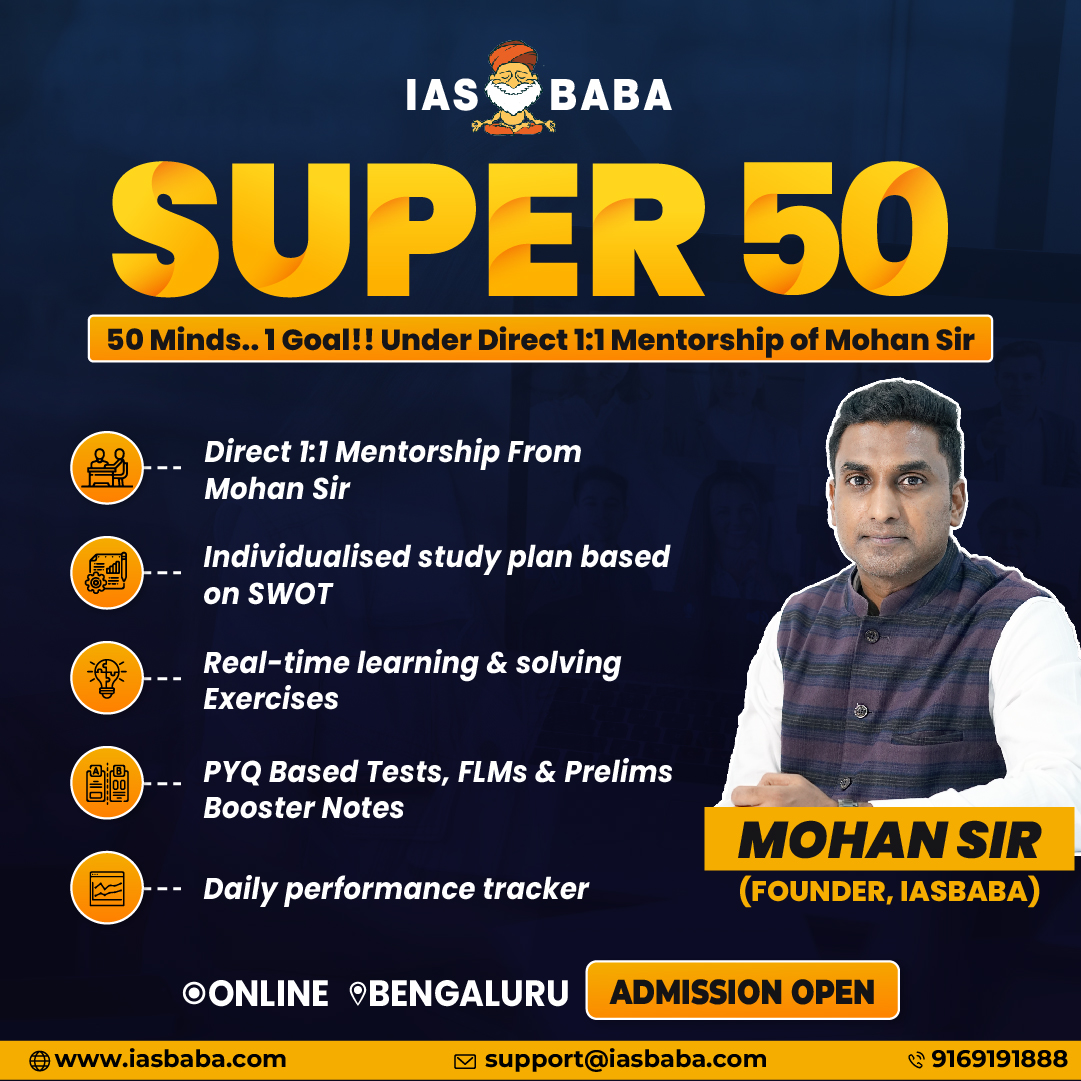Indian History & Post-Independence, TLP-UPSC Mains Answer Writing
Q.1. Analyse the impact of colonial policies on tribal communities in India. How did tribal resistance evolve in response to these disruptions? (150 words, 10 marks)
Introduction
The colonial encounter deeply disrupted tribal ecosystems, dismantling their autonomy, land rights, and socio-cultural institutions. As David Hardiman observes, “Colonial rule transformed the tribals from autonomous communities into subordinated populations.”
Body
Impact of Colonial Policies on Tribal Communities
- Land Alienation: The introduction of the Zamindari system displaced tribals from community-owned lands, as seen in Santhal areas, where many lost land to moneylenders and landlords.
- Forest Restrictions: Forest Acts curtailed traditional rights like hunting and shifting cultivation. The Gonds, for instance, were denied access to forest-based livelihood practices.
- Labour Exploitation: Tribals like the Oraons were pushed into plantation labour under semi-bonded conditions, especially in tea estates of Assam and Bengal.
- Cultural Disruption: Missionary activities led to mass conversions, changing religious identities and weakening tribal belief systems, particularly among the Oraons.
- Displacement: Expansion of railways, mines, and plantations led to forced displacement, as seen in Chotanagpur, where tribal settlements were uprooted.
- Criminalisation: The Criminal Tribes Act (1871) stigmatised communities like the Pardhis and Kanjars, placing them under surveillance and limiting their mobility.
Evolution of Tribal Resistance
- Spontaneous Uprisings: Early revolts like the Khond rebellion (1846) were direct reactions to revenue demands and cultural interference.
- Militant Movements: The Santhal Hul (1855–56) became a major armed uprising targeting colonial officials and landlords.
- Spiritual Leadership: Birsa Munda led the Ulgulan movement combining religious revival with anti-colonial mobilisation and demands for land rights.
- Guerrilla Tactics: Alluri Sitarama Raju’s revolt (1922–24) used guerrilla warfare in forested regions of Andhra to challenge British authority.
- Nationalist Alignment: Tribal anger merged with freedom movement goals, seen in the Telangana armed struggle (1946–51) involving tribal peasants.
- Political Assertion: The Tana Bhagat movement reflected a shift toward non-violent, Gandhian resistance, demanding rights and dignity within a constitutional framework.
Conclusion
Tribal resistance was not peripheral—it was a vital strand of India’s anti-colonial fabric. As Ramachandra Guha notes, “the history of tribal revolts is also the history of India’s conscience.” These revolts embodied resilience, dignity, and defiance.














